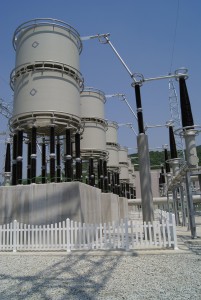- Location
- Wisconsin
- Occupation
- PE (Retired) - Power Systems
Thank you for noticing.where does the 18 KAIC value come from?
It was supposed to be a made up number. I must have made a typo during my editing.
It should have read...say you have a main distribution panel source with an available current of 17kA and a total motor contribution of 1.8kA. Your main device and the motor feed would need to be rated 18kAIC, but all of the branch devices would need to be 22kAIC (using typical breaker ratings).

